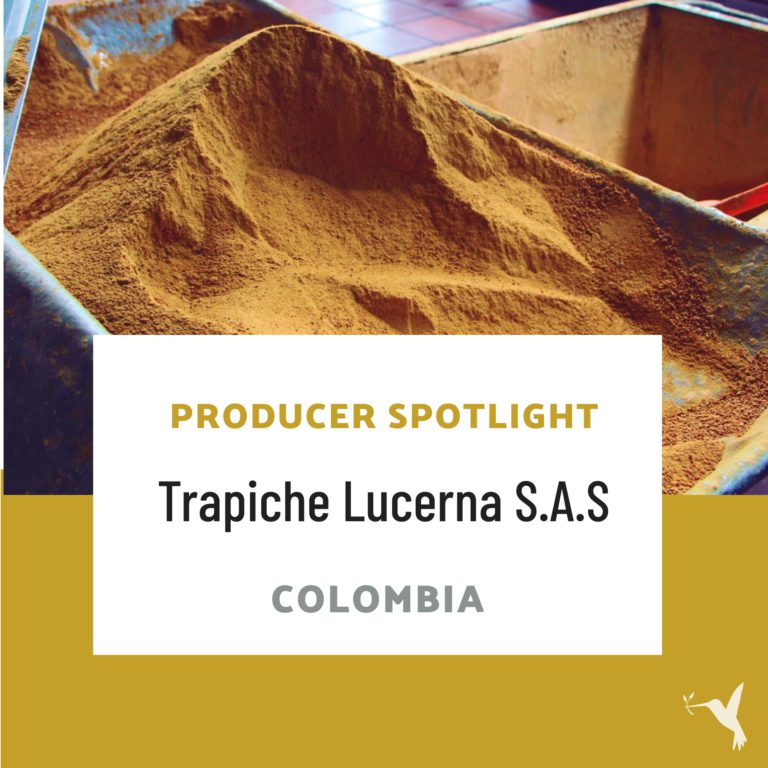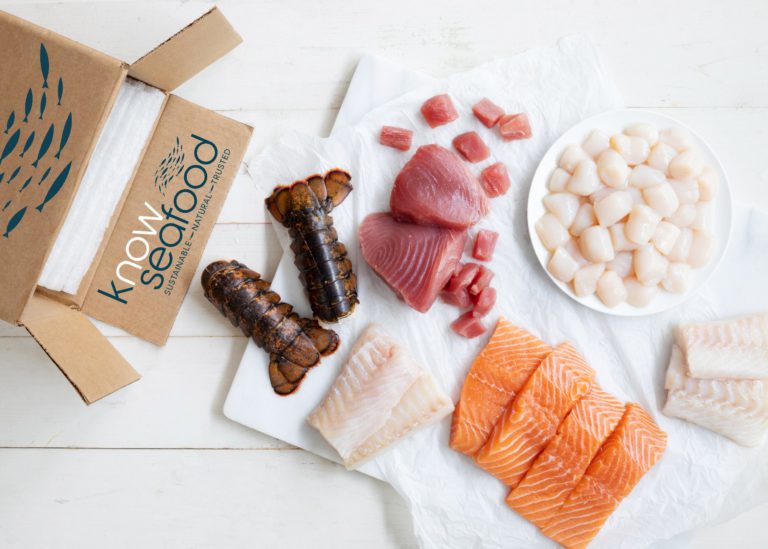Is Your Favorite Leather Jacket Causing Deforestation of the Amazon Rainforest?
The Direct Link Between Leather & Irreversible Deforestation of the Amazon Rainforest
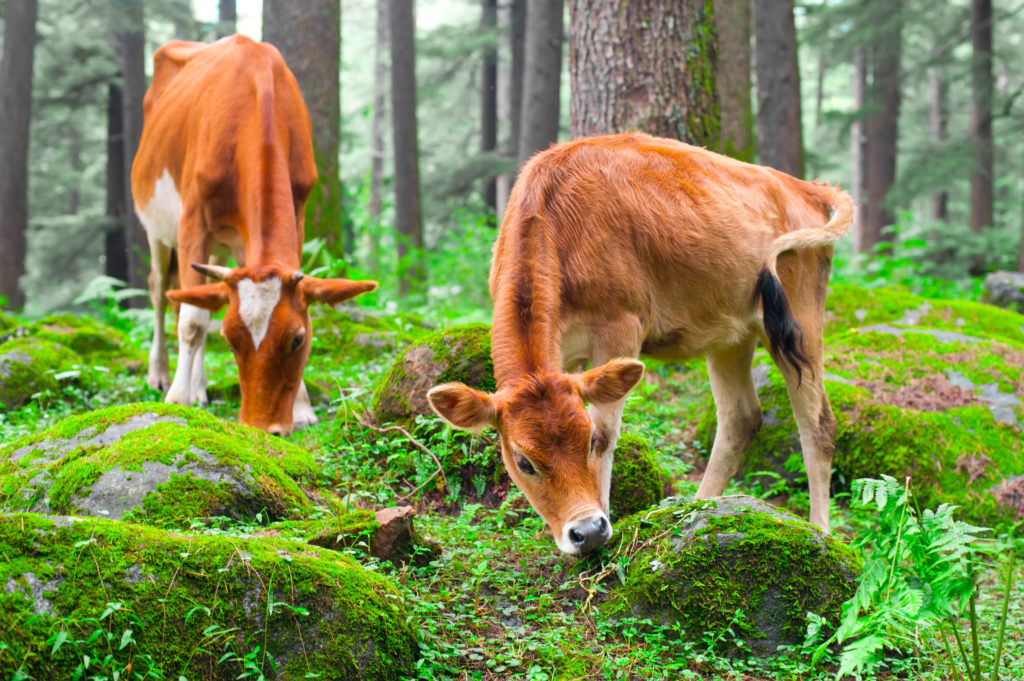
Human activities are driving biodiversity loss and deforestation, resulting in 1 million species facing the risk of extinction and irreparable damage to the rainforests which we depend on for our lives. We cannot protect our changing climate or stop the extinction crisis if we do not protect the Amazon rainforest.
From whom does it need protecting?
There is no easy answer. There is not one sole culprit nor is there one simple solution.
For example, when you think of the Amazon rainforest you probably don’t think about Italian leather. You probably don’t think about Nike or the Gap. But while the supply chains may be long and obfuscated, the connections are there.
There are many industries that are threatening this precious land, and one of them is cattle. But it’s not just the demand for beef that is pushing cattle grazing lands deeper into the Amazon forest.
Are Fashion Trends Worth Destroying Our Planet?
The fashion industry is another contributor that is bringing the Amazon rainforest closer to the tipping point of irreversible ecosystem collapse. Over 100 brands have supply-chain links to Brazilian leather exporters. Thirty percent of the companies behind these brands have explicit policies about deforestation, meaning that they are likely breaching their own policies against sourcing leather from deforestation. Whether this is intentional or merely willful ignorance is unclear as supply chains are long and complex. The other two-thirds of the companies have no relevant policies in place at all.
In general, the cattle industry causes deforestation on roughly 2.5 million hectares of the Amazon per year, making the Brazilian cattle sector the leading driver of tropical deforestation to the Amazon rainforest. The fashion industry is a powerful driver of leather exportation, and leather represents a $1.1 billion USD industry in Brazil alone. Despite the known impacts and deforestation that is largely illegal, the lucrative leather business continues to thrive. This problem is endemic to the entire Brazilian leather industry, such that it would seem that anyone sourcing from the three largest leather processors has a very high risk of contributing to Amazon deforestation.
So what does this have to do with Italian leather? Well, there isn’t nearly the cattle industry in Italy as other places. In fact, to find Italy’s leather-providing cows, you have to travel 6,000 miles southwest to Brazil. Alongside China, Brazil is now the top exporter of tanned leather and close to 10% of its hides are bound for Italy to facilities that re-tan the hides and then sell them as “Italian leather”.
The Leather Industry & Amazon Deforestation
For many people interested in fashion and sustainability, leather may seem like a more sustainable option as it is ‘natural’ rather than synthetic. However, this idea may have come from good marketing or lobbying from leather suppliers. While leather may have some benefits over other synthetic materials, no form of extraction is without effect, and global leather supply chains are clearly responsible for deforestation and destruction of the natural world.
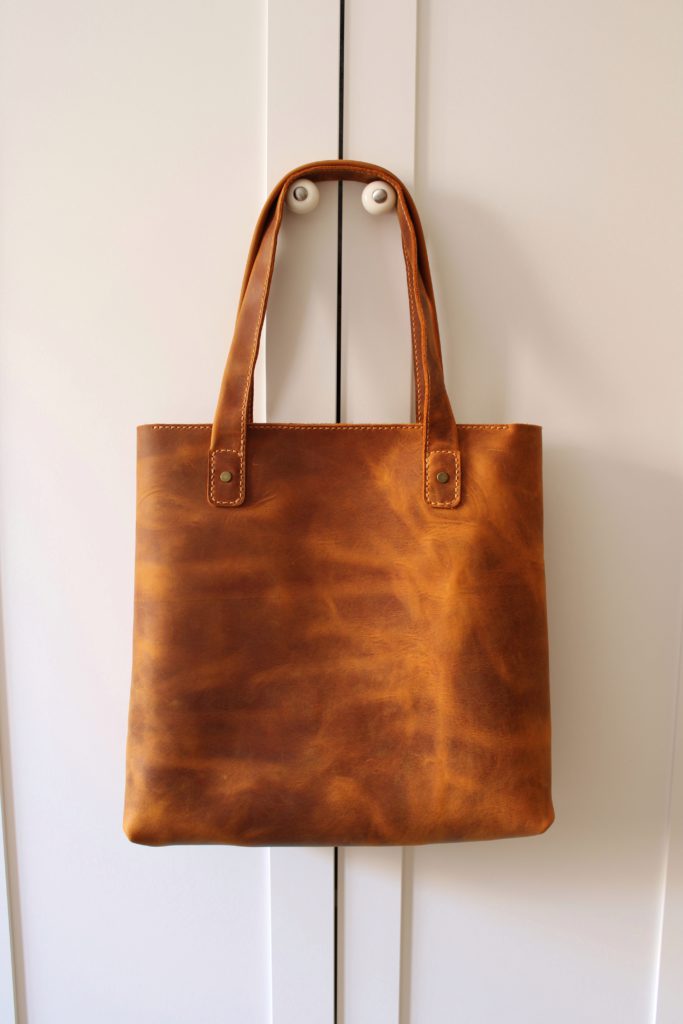
In fact, in order to produce less than nine leather jackets, one hectare of land in Brazil must be cleared and/or kept cleared. It is likely this land was cleared illegally, and that it was taken from the biodiverse Amazon Rainforest.
Sadly, because of the process, around 20% of leather becomes waste during production, meaning that all that land use and environmental damage ends up as scraps on a facility floor.
As well as deforestation, raising cattle for agriculture and leather production creates other catastrophic sustainability issues like biodiversity loss, greenhouse gas emissions, and water waste. Naturally, these environmental issues are all related. As we eliminate forests, we destroy habitats and lose species. As cattle emit methane gasses, we are destroying the forests that capture the emissions and protect the climate and provide us with oxygen to breathe.
How much do we need a new leather purse or pair of shoes? Is it worth the air we breathe?
Why Is the Amazon So Important?
Most people have some understanding of the vital importance of the Amazon and other similar rainforests. These forests are not just important to life on earth–they are essential. The Amazon covers only about 2% of the earth’s surface area, yet provides 20% of the world’s oxygen.
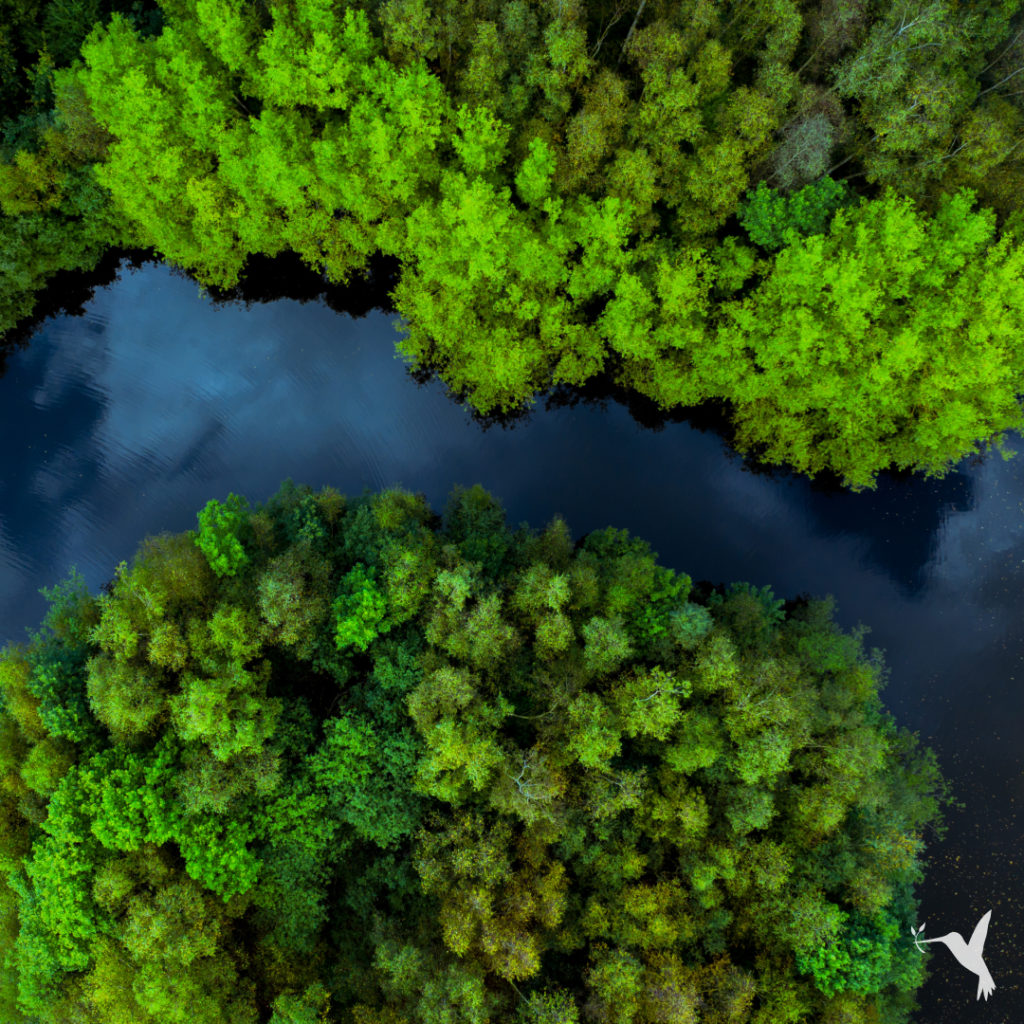
On top of providing us with oxygen, this critical component for human survival, the Amazon also captures carbon, which directly supports a positive climate situation for the entire planet. By holding an estimated 90-140 billion metric tons of carbon, the forest plays a critical role in the fight against climate change.
The Amazon is also one of the most biodiverse places on planet earth. It has some of the world’s richest and most-varied ecosystems, including over 40,000 plant species, 3,000 fish species, 1,300 bird species, 430 mammals, an amazing 2.5 million different insect species, and nearly 30 million people from around 350 different Indigenous groups. On top of the value that these people and species hold just for existing in their own right, they also provide benefits to societies outside of the Amazon. The people who live there care for the forest, which we need for our survival and the plants and animals provide food, research, medicines and textiles. When we source responsibly, ecosystems can continue to thrive and support ongoing life for all species. However, when demands for leather and beef skyrocket, it upsets the natural and harmonious balance.
Codes & Standards or Lack of Them
In 1965, the Brazilian government came to an agreement with agricultural prospectors. The resulting code obliges ranchers to keep a tree-to-cow ratio of 80:20. However, it seems that most ranchers and farmers do not adhere to this ratio, nor does any Brazilian authority enforce it.
For example, a 2009 Greenpeace study proved that ranches were still illegally clearing rainforest and that the leather was going straight into the supply chain of major brands. And according to environmental organization Earthsight, lobbyists from the leather industry wrote to members of the European Parliament, urging them to ensure leather trade and sales would not be impacted by deforestation-free law. They claimed supply chain tracing for leather was impossible and that deforestation was not a leather industry issue. The cattle industry also lobbied politicians at the COP26 to ensure they were not impacted by the methane emission targets. These attempts to sidestep the impact that they are having shows that these industries are refusing to take accountability for helping to build a better world.
The supply chain has become so confused that some brands genuinely don’t know where their raw materials are from. Perhaps others don’t care.
Additionally, there is currently no third-party consumer facing leather standard. Unfortunately, this means that there is very little consumers can do other than to check individual brand’s leather sourcing policies, which may be a kind of greenwashing anyway. To protect the Amazon, the industry must do better to ensure traceability and accountability.
The Leather Industry Must Become Transparent
It is critical that brands begin mapping their leather supply chains immediately if they have not already done so. We’d like to see brands engaging with the issue proactively instead of fleeing from it. And while this is crucial in the fashion industry, for Producers Trust, is is a value we like to see across the board. Rather than simply avoiding sourcing from high-risk places or producers, brands should actively commit to zero deforestation, and beyond that, to regeneration.
This is why at Producers Trust, we like to share the stories of brands who do this. Whether they produce cacao or clothing, skin care or organic produce, we want to share the stories, values and work of brands who are devoted to the climate, our planet, and the beings upon it.
With our expanding network, cutting edge technology, and traceability tools, we are here to help brands and consumers access full transparency in supply chains. On top of empowering producers small and large, we aim to support regenerative and climate smart movements around the world.
